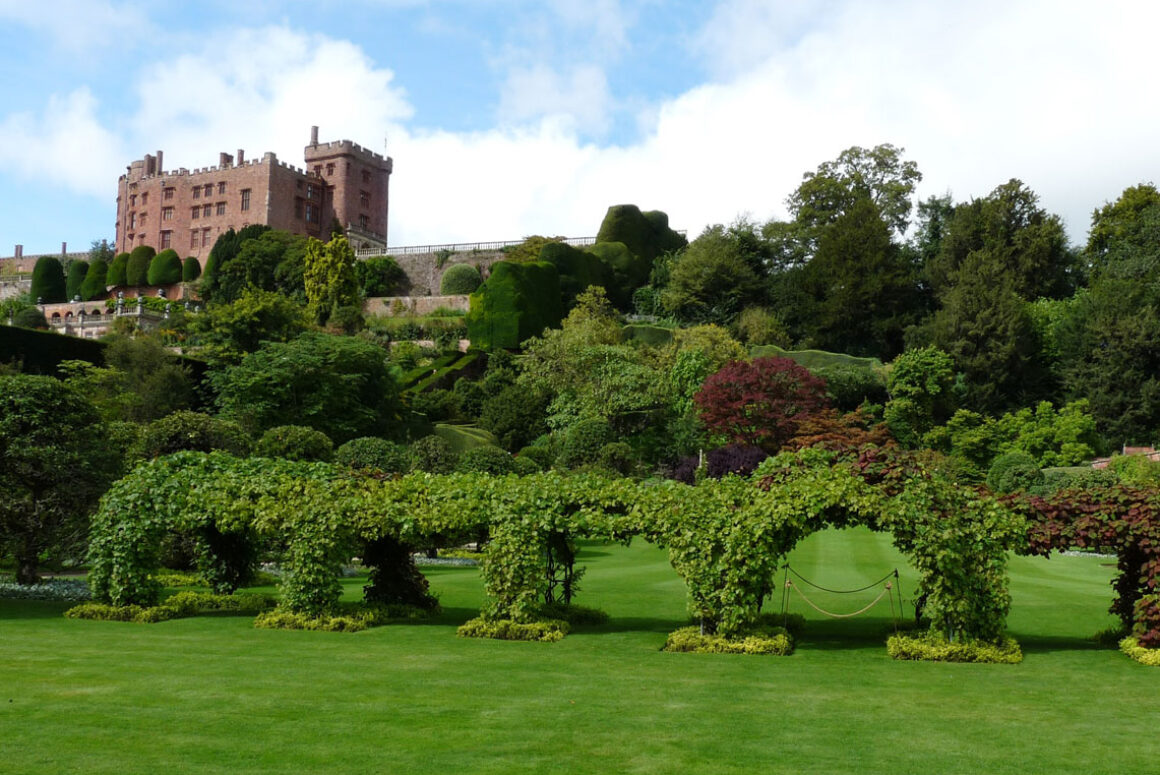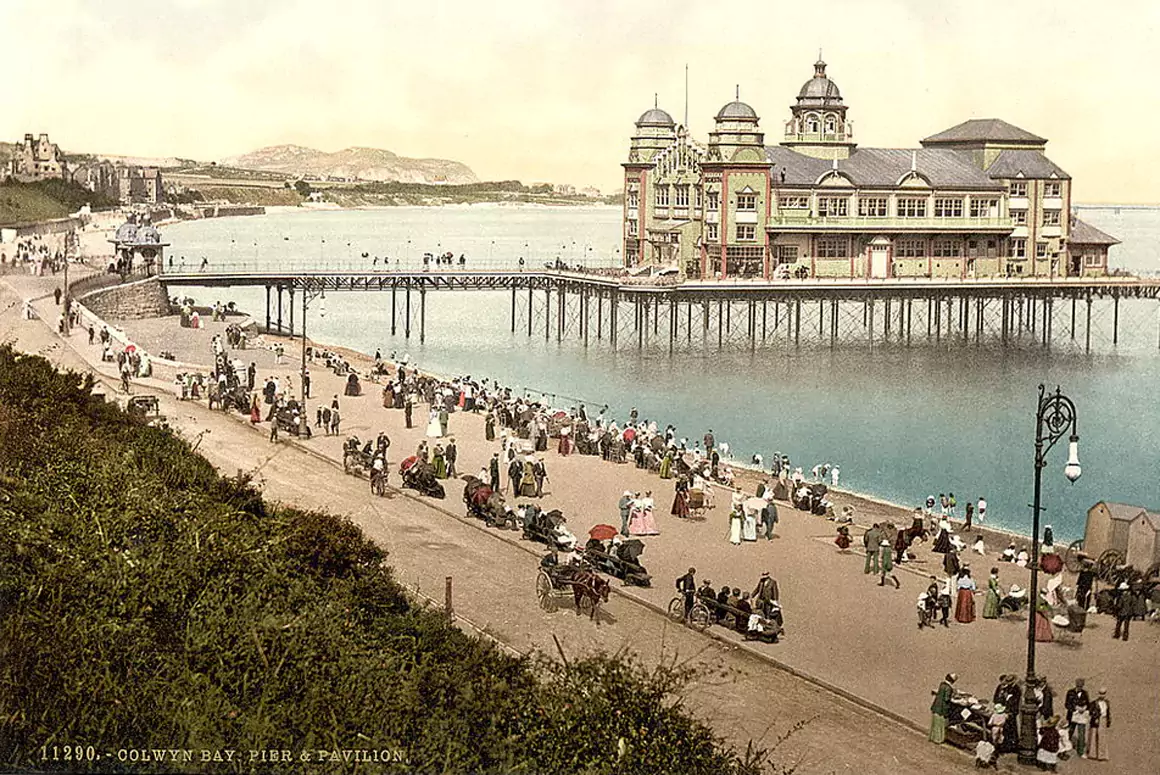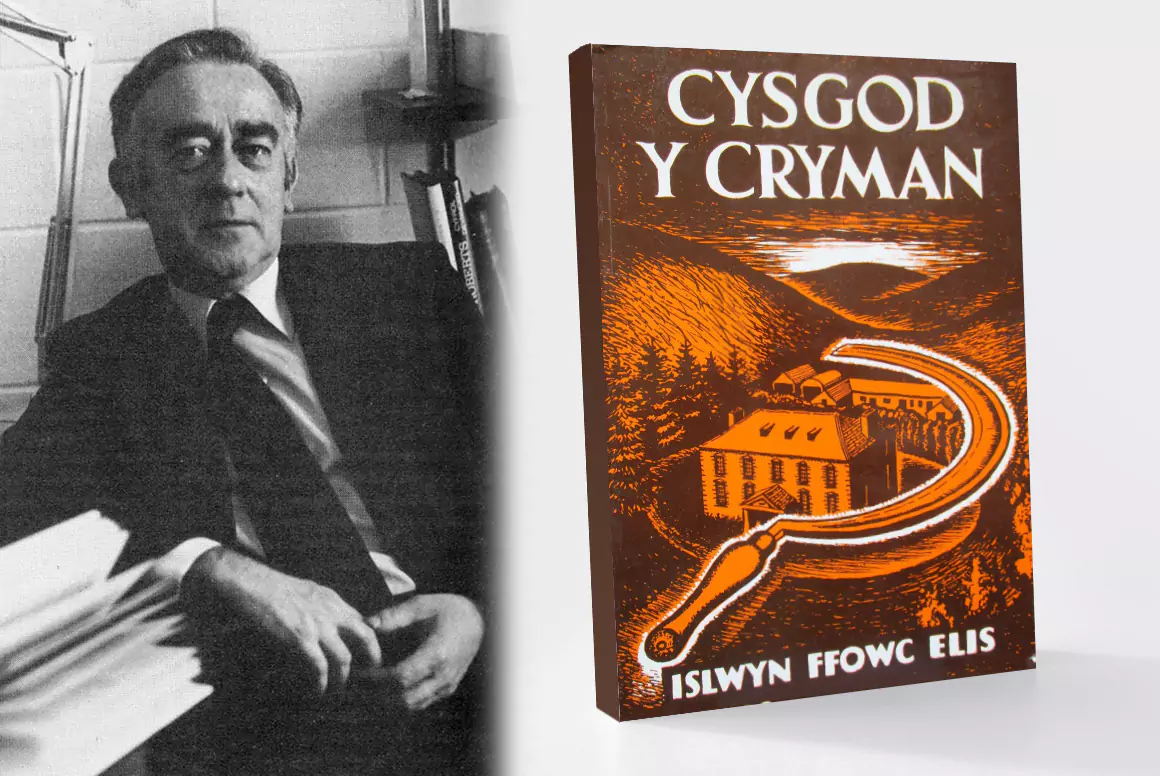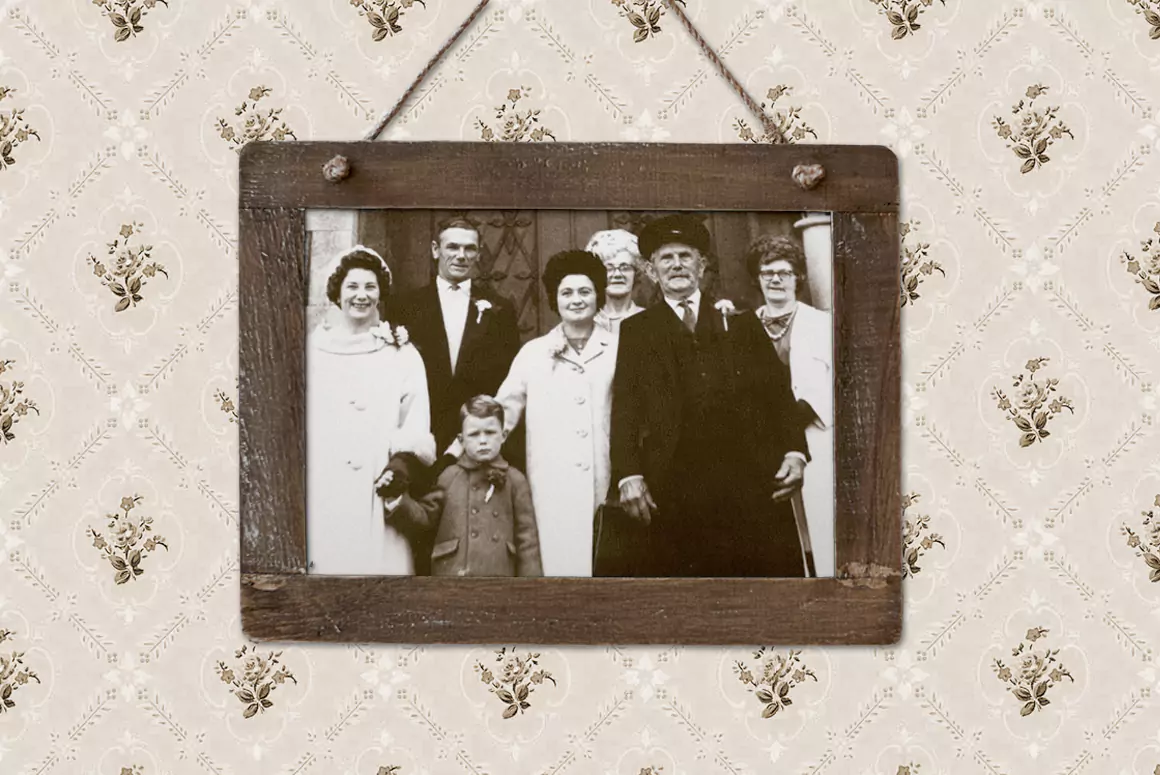![]()
Very briefly, a very long time ago, Welshpool (then called Poole) was the capital of South Powys / Powys Gwenwynwyn. Powys Fadog was North Powys. The royal site at Mathrafal under Prince Gwenwynwyn ab Owain (Mathrafal was once the capital of all of Powys) was moved there, fleeing from Llywelyn, Prince of Gwynedd’s attack. The castle left behind – Mathrafal Castle – was later destroyed in a counter-attack by Gwenwynwyn himself and Llywelyn in a joint effort to gain control for Wales from King John of England. The relationship between King John and Llywelyn Fawr (who had married John’s daughter) was no longer cordial – but the relationship with Gwenwynwyn improved for political and patriotic reasons. This of course led to the great forty-five years of Wales’ unity under Llywelyn. There’s more to the story here but back to Welshpool.
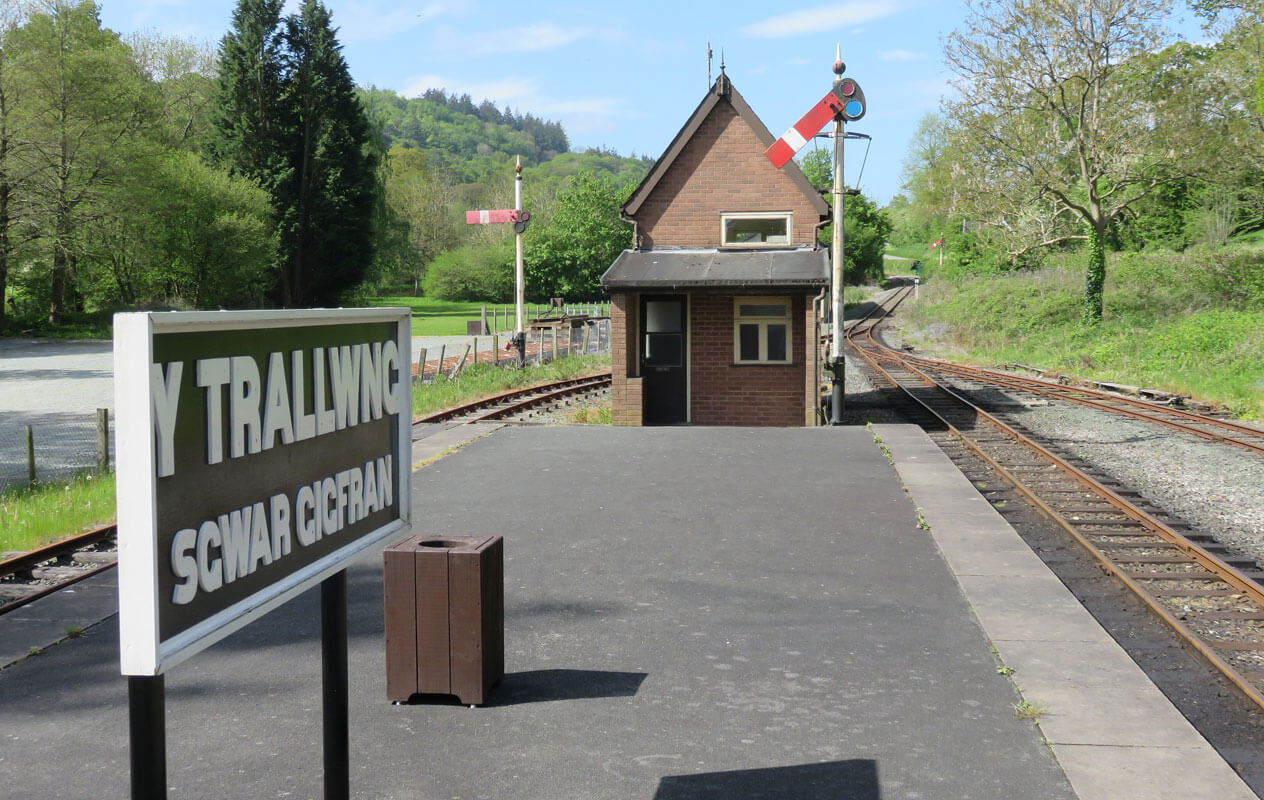
The honour of Welshpool – then Poole, but always Y Trallwng – being the capital, was muffled away in Edward I re-organisation, which erased the bordering of Powys Gwenwynwyn/ South Powys. More change came when it was felt that the English name ‘Poole or Pool’ needed to be differentiated from the town ‘Poole’ in Dorset, in England and so in 1835, the name became Welshpool. Situated a little over six kilometres from the border of England, Welshpool has the River Severn flowing down its eastern border. Its Welsh name is influenced from this geographic location – marshy land. Y Trallwng.
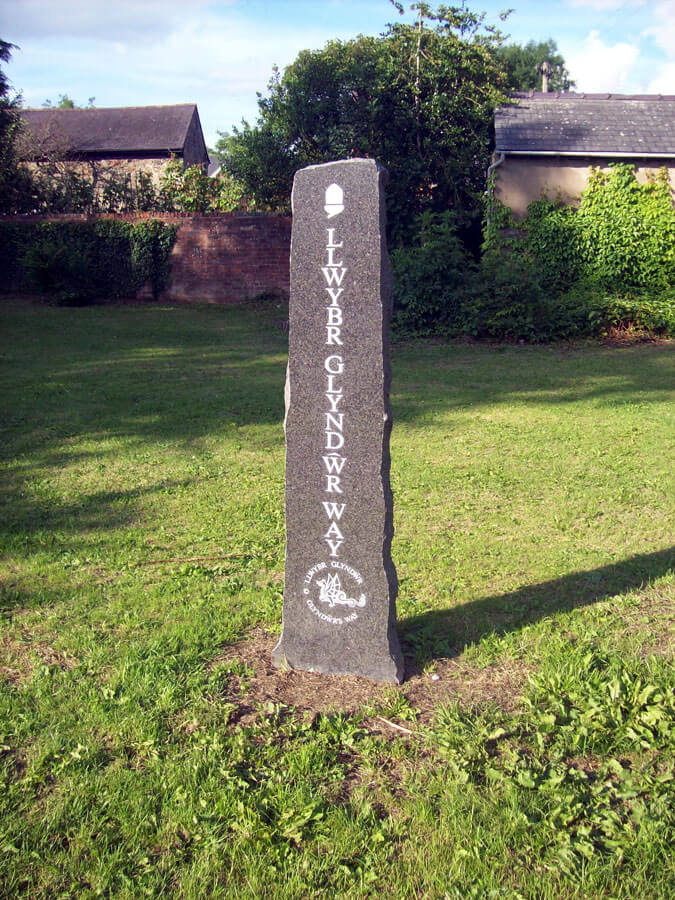
In the 1400s, when Owain Glyndwr fought to unite Wales as an independent nation, Welshpool as were many Welsh towns and cities, suffered damage. To honour this period of history and Owain Glyndwr – Prince of Wales and mediaeval National leader and his heroic efforts, Glyndwr’s Way was opened in 2002. There are 135 miles of awesome walking, and is accessed in Welshpool. It starts near the Severn River’s Montgomery Canal. Montgomery Canal – Camlas Trefaldywn – The Monty was the first of the canals to be used for pleasure after the Second World War.
Offa’s Dyke – Llwybr Clawdd Offa – runs north to south, east of Welshpool. Thereabouts, in 785 AD, the Anglo-Saxon king of Mercia. King Offa had it built to mark the boundary between his England and Wales. The 82-mile (132km) ridge of earthenwork is now part of the 177mile(285 km) National Trail. It is another perk of being in Welshpool, this in addition to Powis Castle and its gardens, the Powys Museum, the Welshpool and Llanfair Heritage Narrow-gauge Railway.
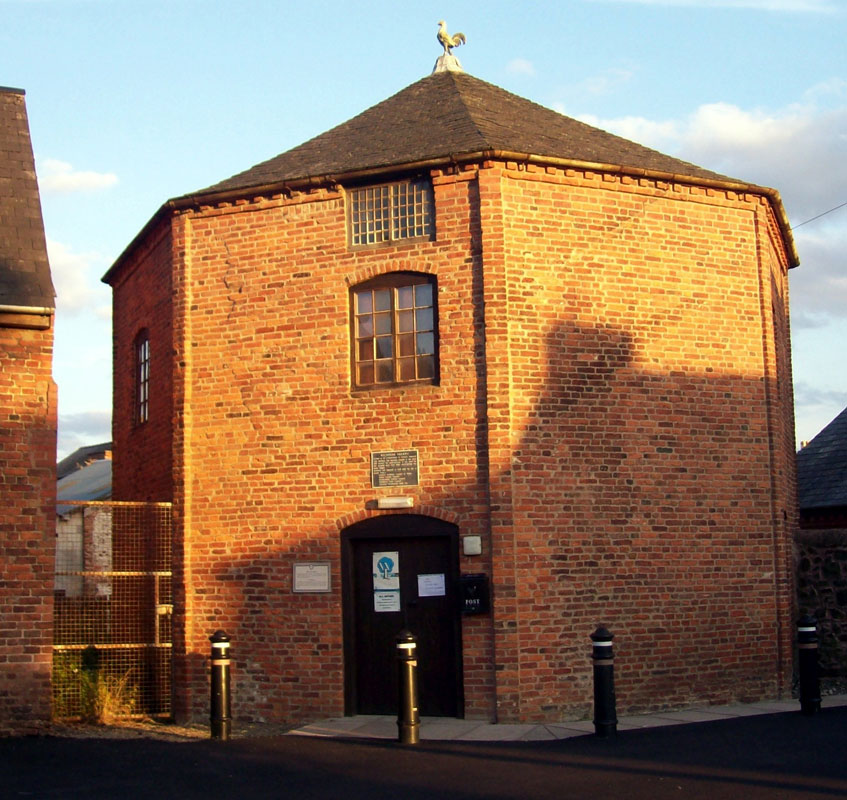
Welshpool is now, no longer a marshy, sinking land but a thriving city, overlooked by Long Mountain and considered a prize place to live as well as having these wonderful attractions. Along with St Mary’s Church with her memorial for William Morgan who served there from 1575 – 1579 and who made the first translation of the Bible from Greek and Hebrew into Welsh, there’s one purpose built six-sided, red brick structure that stands out – the Welshpool Cockpit. It was in use until 1849 when cockfighting was outlawed. The only one of its kind in Wales still standing on its original site – it’s now restored, home of the WI and available for tours.
In the midst of Welshpool, seemingly tucked away is the Severn Farm Pond Reserve. An urban reserve with birds hides perfect for bird watchers. Walking along the boardwalks above marshy areas and water, there were dragonflies and butterflies – an entomologist paradise. In the water were frogs and newts, some slipping into the water as I approached. Being there in the early morning meant that I had the birds’ morning chorus. The air was fresh and I wondered, trying to name of the flowery scent. By the time I spread my blanket down in the picnic area, I was ready for the breakfast I had packed. Tea in thermos, strawberries, cheese scones and welsh cakes.
Getting there:
Welshpool is easily accessed.
By train: Station on Welshpool Relief Road.
By car: The A483 from the north and the A458 from the west.
By bus: T12. Check the schedule for more details.


